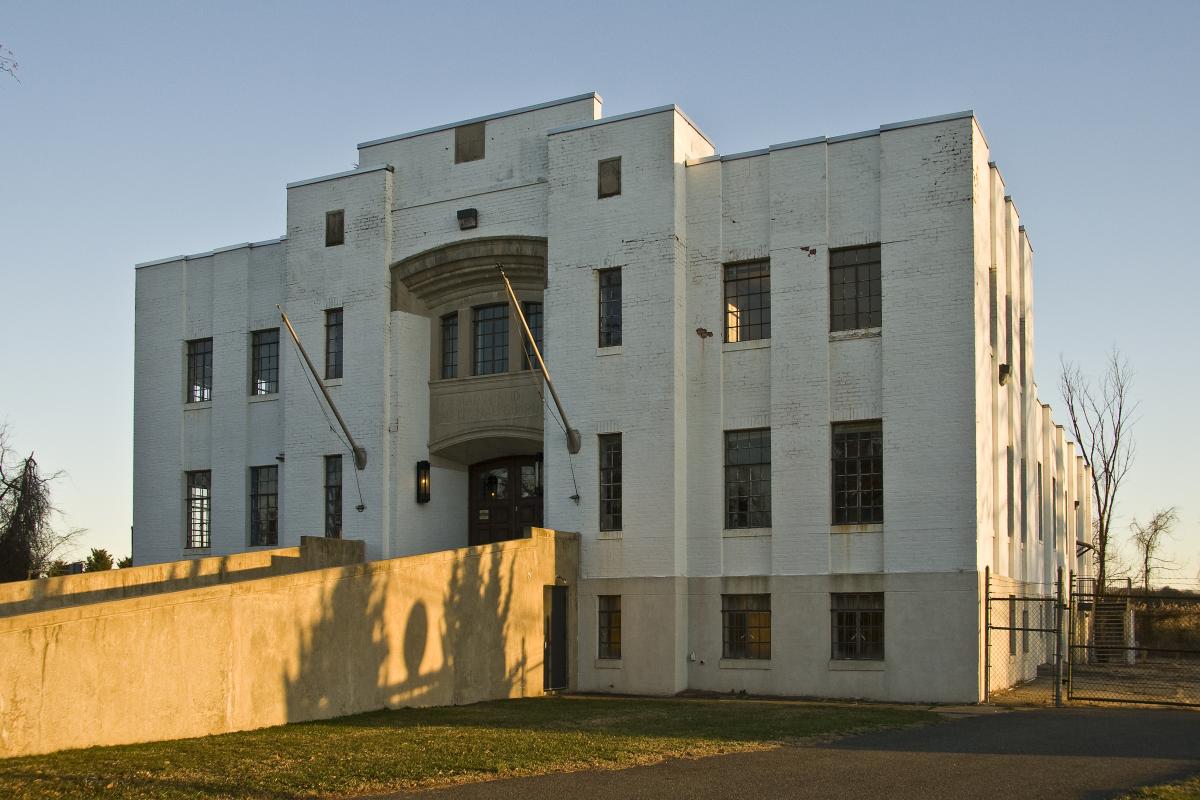Mr. Speer,
I typically refrain from engaging in ‘back and forth’ colloquy in an unreviewed public forum, However, after a year and a half of voicing support for the historic Chestertown Armory that included 8 factual and well-researched Spy letters to the editor, public presentations and statements before the Chestertown Historic District Commission, an exception is both warranted and essential.
As a preservation architect with a background in land planning and knowledge of land-use regulations, I see the picture from a wider perspective and my views have been incorporated in our filings to the Circuit Court. I do have a serious concern over a precedent that would be established should the application of a 1000-foot zoning rule be applied for the first time in any historic district in Maryland. It has the all but guaranteed potential for opening the door to future disenfranchisement across our State. This is not a frivolous notion and should be of concern to every historic district resident.
In support, a notable MD historic organization recently reiterated to me that the question of standing is an important one with long-term ramifications for the protection of historical sites throughout the state. Their sentiment validates my concerns that the legal position taken by Washington College will inevitably result in “some Historic District residents are more equal than others by virtue of geography” and that “only those Historic District residents who live within 1000 feet of an applicant property will be permitted to be heard at HDC meetings.” Perhaps this is not what Washington College intended when its lawyer made its legal argument, but these are both very real practical eventualities.
Further, for the record and despite the College not sharing design plans since 2018, I and my fellow appellants have never opposed the College’s intentions to build a hotel during our involvement. As a concerned Historic District resident with a respectful resume of historic work, I advocated for the inclusion of the 1931 building into the future plans for numerous credible reasons documented in my Spy pieces. There are around 1.8 million ‘places’ on the National Register but only 5.5 percent, or 98,000, are ‘buildings’. The Chestertown Armory is on this exclusive list. Its repurposing, which is both credibly based and supportive, could in fact enhance the College’s plans and make its goal of funding a community hotel a more attractive financial proposition for local residents.
Finally, I take exception to your accusation, on behalf of your employer Washington College, of distorting anything by sharing my views.
Thomas Kocubinski, AIA



Bert Rein says
There is a major difference between the right to appear before the HDC and the right to invoke the judicial power to challenge actions taken by the HDC after hearing from all interested parties. Standing limitations in the courts are well established in US law and routinely applied in review of administrative actions. Mr. Kocubinski’s concern about foreclosure of public participation in the HDC process are simply crying wolf.
Gren Whitman says
Cut the gab.
Tear it down.
Move on.
Brian Speer says
Mr. Kocubinski, thank you. In this letter, by saying that our legal position is a concern of yours, you are stating information as your opinion and not fact, which I appreciate. One final clarification, the Washington College legal team didn’t invent our position on your appeal, it is an existing precedent. It also pertains to appeals to the Circuit Court and has no bearing on Historic District Commission meetings or rulings.